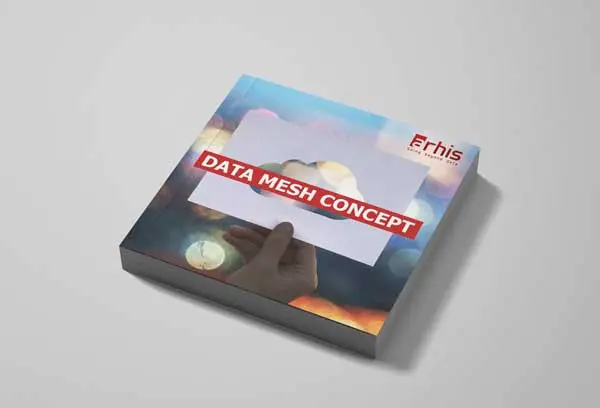“Data Mesh” has become a buzzword.
It aims to empower business units to activate their data.
Is it an organization focused on the democratization of practices or a new technological revolution?
To clarify, we’ll distinguish between data common to the company and data specific to a business unit.
For example, a customer is relevant to marketing but also exists for finance and logistics, unlike an email campaign, which is exclusively part of marketing activities.
1. Centralized VS decentralized models?
- Technical departments want a controlled information system, and this requirement is only growing with the advent of “Pay as you go”, the increase in cybersecurity attacks, and compliance with regulatory constraints (GDPR, etc.).
- Business units do not want to rely on IT availability (the bottleneck) and seek greater autonomy in managing their data, which has become a strategic asset for their operations.
2. For enterprise data, a centralized platform for :
- Express a “corporate” vision, based on a data model that includes business objects and their relationships.
- Pool resources to reduce the TCO (Total Cost of Ownership) of data usage.
- Control these ‘strategic’ data: security, lineage, access rights, etc.
- Manage the impact of processing on machine resource consumption.
Be careful not to underestimate the importance of constructing domain-specific pipelines within these pipelines.
3. Give departments autonomy in processing their own data
- We’ll offer “low code” or even simple coding languages to empower “analyst” teams in business departments.
- We can add a virtualization layer.
- We rely on market solutions to manage access and observability.
In the end, data becomes a product of each relevant department within a controlled ecosystem.
4. Offer front-ends to end-users, in service and/or application mode
- Apps can be developed for internal or external users, in service mode, via APIs and/or front-end development tools in “low code” mode.
- Applications are made available to internal end-users so that they can “activate” the data, with an emphasis on rich functionality and user-friendliness.
- Generative AI opens up new opportunities for accessing data via prompts.
The goal is for the app or business application to utilize existing storage layers: enterprise platforms or dedicated “workspaces,” without the need for its own database that needs to be synchronized.
At Arhis, it is the experts’ job to work with the company to define the best sourcing and prepare the data, balancing quality and performance by aligning data availability with business requirements.

